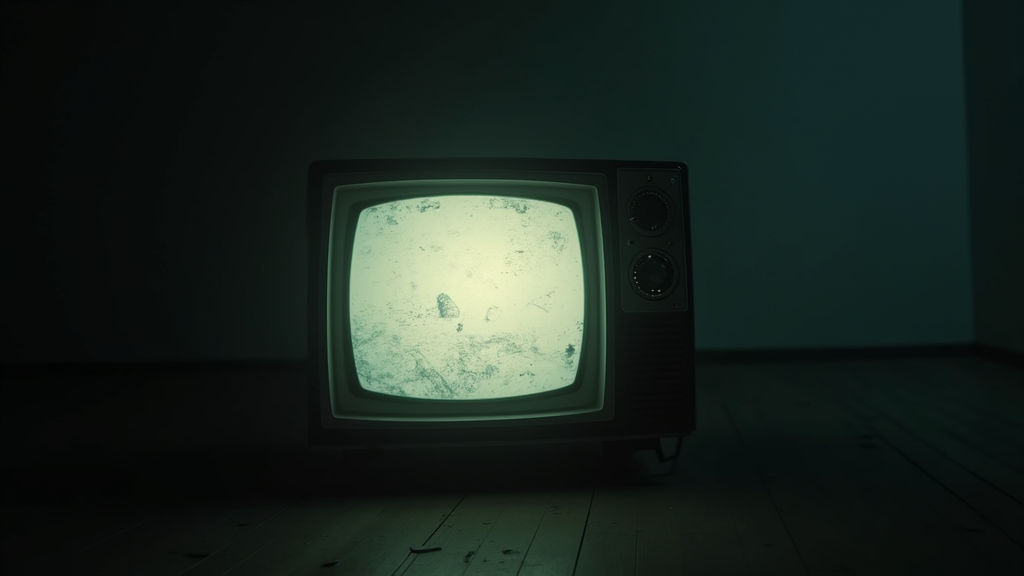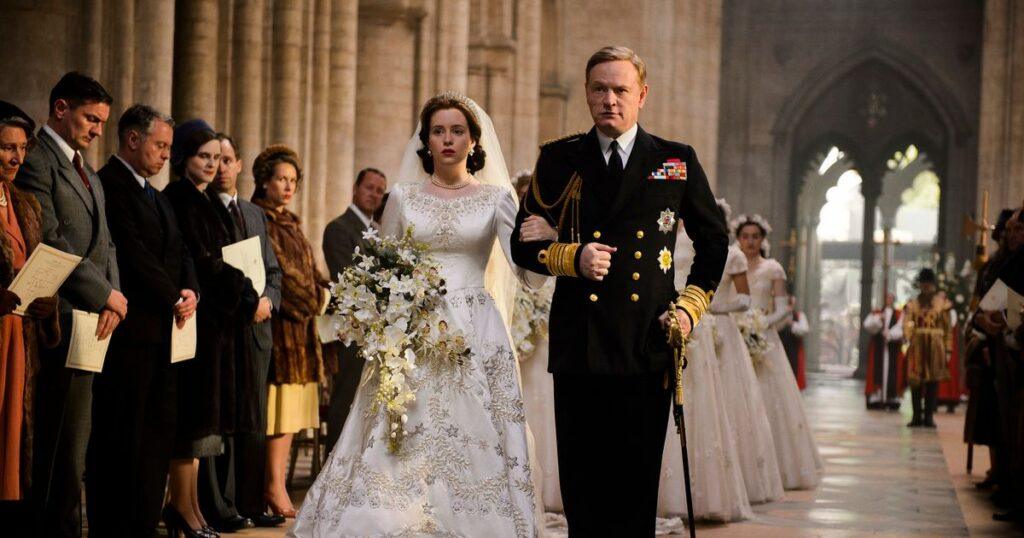First impressions can make or break any relationship, whether between two people or a show and its audience.
Just as a first date gives you minutes to spark interest and connection, a TV pilot must quickly captivate viewers, build trust, and lay the foundation for a lasting bond.
This delicate balance between intrigue and delivery is what separates successful series from those that never make it past their first episode.
In the competitive landscape of television, creators face the daunting challenge of standing out among countless options. Every detail matters – from the opening scene to the character introductions, from the pacing to the dialogue.
But perhaps what is most crucial is how they choose to end their first chapter. Just as a memorable goodbye after a first date can lead to a second, a powerful pilot ending can transform casual viewers into devoted fans.
When watching a pilot, the audience is deciding whether to invest their time and emotional energy into what could become a years-long commitment. It’s this understanding that makes crafting the perfect pilot ending so crucial – it must build trust and promise value.

Understanding the Impact of a Pilot Episode
A powerful pilot episode can completely transform a show’s trajectory through word-of-mouth marketing and critical acclaim. It can overcome limited marketing budgets and poor time slots through sheer storytelling quality.
In today’s crowded media landscape, where hundreds of shows compete for viewers’ attention, a compelling pilot has become more crucial than ever.
Two remarkable examples of this phenomenon are Breaking Bad and The Walking Dead.
Breaking Bad‘s pilot had minimal marketing and aired on AMC when the network was barely known for original programming. However, its gripping pilot episode, featuring a desperate chemistry teacher in his underwear with a gun, created such intense buzz that viewers actively sought out the show and spread the word.
Similarly, The Walking Dead premiered on AMC in 2010 with modest expectations. The pilot episode’s cinematic quality, emotional depth, and haunting portrayal of a post-apocalyptic world generated such intense viewer response that it quickly became cable television’s highest-rated series.
Both pilots were masterfully executed and created an organic marketing campaign more effective than any traditional advertising could achieve.
They prove that in television, nothing sells a show better than exceptional storytelling that respects its audience’s intelligence while delivering genuine emotional impact.
The Anatomy of a Memorable TV Pilot
A television pilot serves as more than just a first episode – it’s the foundation upon which an entire series builds its world, characters, and narrative promises.
Creating a memorable pilot requires a delicate balance of introducing compelling elements while leaving enough mystery to keep viewers returning week after week.
The most successful pilots manage to establish their unique voice while adhering to fundamental storytelling principles that have proven effective across genres and decades.
While each show must find its own path, these are the key components that consistently appear in pilots that go on to launch successful series.

1. Strong Opening Scene
The opening moments of a pilot must grab viewers instantly and refuse to let go, often serving as a microcosm of the entire series’ potential.
Lost exemplifies this perfectly with its iconic opening sequence – Jack waking up in a bamboo forest, running through jungle terrain, and emerging onto a beach where airplane wreckage burns and survivors scream in chaos.
This immediate thrust into intense action creates dozens of questions: How did the plane crash? Why did Jack wake up alone? Who will survive? These first five minutes set up both the show’s mysterious tone and its high stakes, while demonstrating the production value viewers can expect.
The scene works because it combines visceral action with emotional weight, making viewers instantly invest in both the situation and the characters.
Moreover, it establishes the show’s visual language and hints at the larger mysteries to come, all while maintaining a human focus that grounds the spectacular events in relatable emotion.
2. Character Introduction and Development
A pilot must efficiently introduce its core cast while making each character distinct and memorable, all while avoiding obvious exposition.
Breaking Bad masterfully introduces Walter White by showing multiple facets of his character within the pilot’s first act.
We meet him first as a desperate man recording a confession in his underwear, then see him as a meek high school chemistry teacher, a car wash employee swallowing his pride, and finally a man diagnosed with terminal cancer.
Each scene peels back another layer, showing not just who Walt is, but what he might become. The pilot not only introduces our main character, it also shows us the breaking point that leads to his eventual transformation.
By the episode’s end, viewers understand both Walt’s moral compass and the forces that might cause it to waver. This layered approach to character development gives viewers both immediate understanding and long-term investment in the character’s journey.

3. World Setting
Creating a believable universe within a single episode requires sophisticated visual storytelling and careful attention to detail.
The Handmaid’s Tale demonstrates how to build a complex dystopian world without overwhelming exposition.
Through careful visual storytelling – the red dresses, the wings framing faces, the ritualistic greetings – viewers immediately grasp they’re in an oppressive society without needing it explained.
The pilot reveals its world through specific details: a shopping trip where pictures replace words, whispered conversations between Handmaids, and glimpses of bodies hanging on a wall.
Each element contributes to understanding this altered America while maintaining mystery about how it came to be.
The world feels lived-in because we see it through practiced routines rather than explained rules. This approach creates immediate immersion while leaving room for deeper exploration in future episodes.
4. Balanced Pacing
The rhythm of a pilot episode can make or break viewer engagement, requiring careful management of revelation and restraint.
The pilot episode of The Crown skillfully weaves together personal drama with historical gravity.
The episode moves between King George VI’s declining health, Elizabeth’s marriage to Philip, and subtle hints of the monarchy’s changing role in modern Britain.
Rather than rushing to Elizabeth’s coronation, the pilot takes time to establish relationships and tensions that will drive the series. It balances intimate moments, like George teaching Elizabeth about state papers, with broader historical context.
This measured approach allows viewers to absorb the weight of each development while maintaining consistent forward momentum toward the inevitable power transition.
The pacing creates a sense of inevitability while still managing to surprise and engage viewers throughout the episode.

These four elements, when masterfully combined, create pilots that not only hook viewers but promise the quality and depth that will keep them returning episode after episode.
The best pilots open the door for many more stories to come, while establishing a unique voice and vision that sets them apart from everything else on television. They serve as both a complete story in themselves and a compelling invitation to a larger narrative journey.
The Role of Ratings and Online Critique
In the vast television landscape, there exists a sprawling graveyard of pilots that never made it past their first breath.
Like hopeful saplings that withered before reaching full bloom, countless shows have fallen victim to the brutal efficiency of modern ratings systems and the immediate verdict of social media.
This digital age cemetery grows larger each year, particularly with streaming services like Netflix, which has become notorious for its “throw everything at the wall and see what sticks” approach to content creation.
Critique and fan feedback can dramatically impact the legacy of a television pilot. In today’s digital age, early reviews, online discussions, and social media buzz play a crucial role in shaping public perception.
Both viewers and critics examine every detail—from story consistency and character believability to visual presentation and technical execution—with a fine-tooth comb.

Stranger Things survived and thrived largely due to immediate positive word-of-mouth and social media buzz following its pilot, transforming from a modest science fiction homage into a global phenomenon.
Conversely, shows like Jupiter’s Legacy and First Kill found themselves in Netflix’s cancellation graveyard despite significant production investments, their pilots failing to generate sufficient viewer engagement within the platform’s ruthless 28-day measurement window.
The streaming era has particularly transformed how pilots are evaluated.
While traditional networks might have given shows like The Office or Parks and Recreation time to find their footing despite modest beginnings, streaming services often demand immediate success.
Fan theories and online engagement have become crucial lifelines for new shows. Series like Wednesday benefited enormously from social media buzz and fan theories following their pilots.
This Is Just the Beginning
Every pilot is like a promise—an invitation to join a new adventure, explore an uncharted world, and witness a fresh perspective on life. As these episodes pave the way for richer narratives, they remind us that storytelling is a fluid, ever-changing art form.
For viewers, a memorable pilot is a moment of revelation. It offers a glimpse into a potential future filled with unexpected twists, deep character arcs, and engaging plot developments.
Every detail—from the opening shot to the closing scene—plays a critical role in drawing you into a new world.
In today’s golden age of television, pilots serve as gateways to countless possibilities. They are both artistic statements and calculated risks, balancing creative vision with commercial viability.
The best pilots create universes, birth iconic characters, and spark conversations that can last for generations.
Yet, perhaps most importantly, pilots remind us why we fall in love with television in the first place—the thrill of discovery, the joy of connection, and the endless potential for stories that resonate with our own lives.
In those first precious minutes of a new series, anything is possible, and that’s the true magic of television pilots.

Leave a Reply